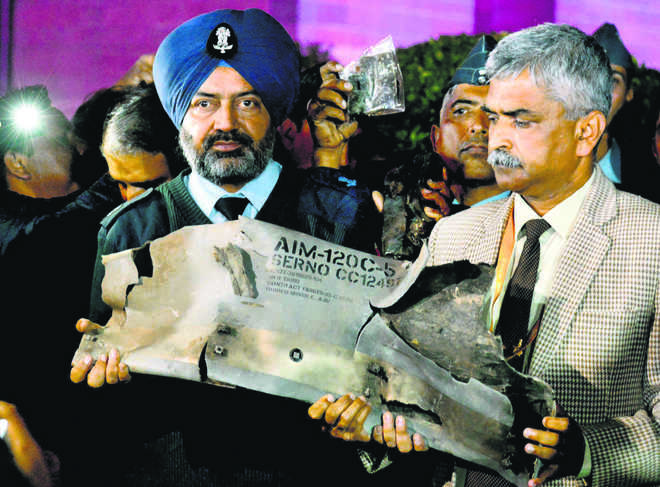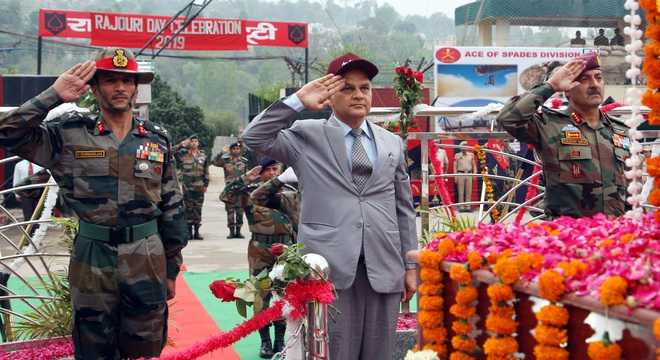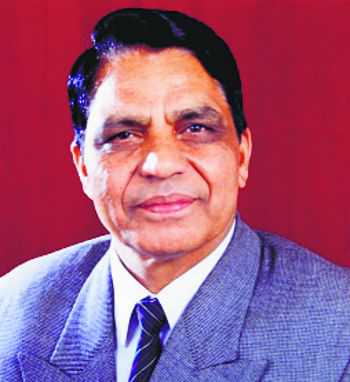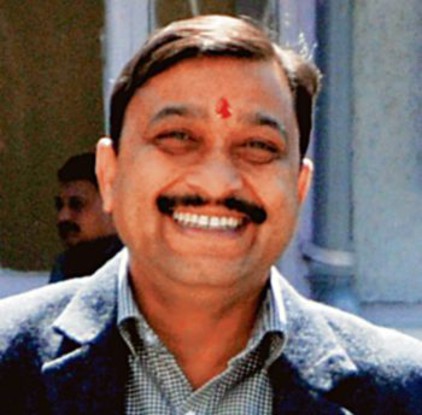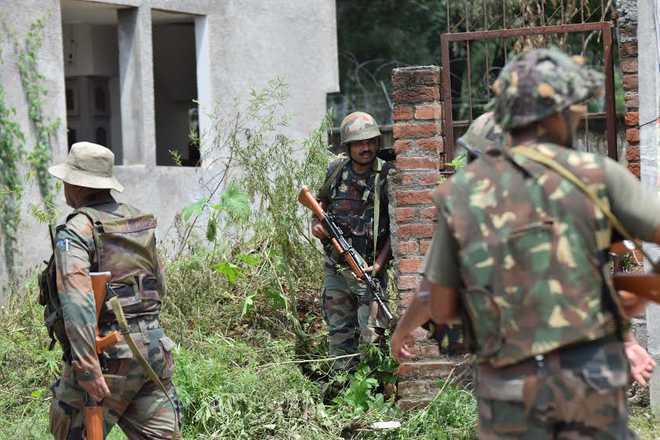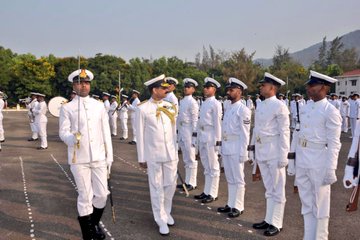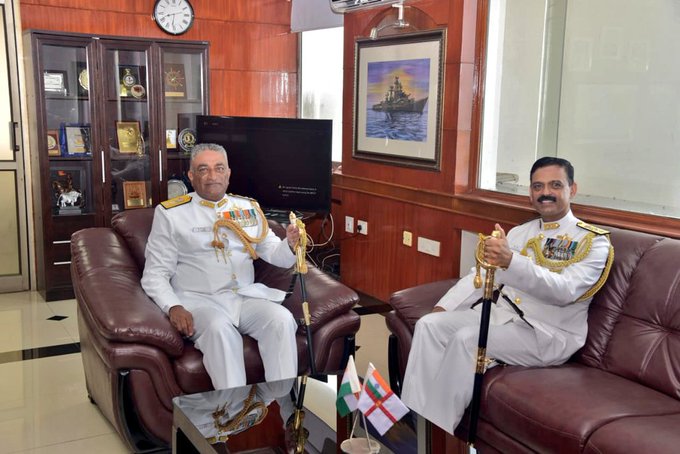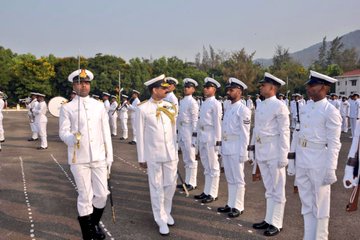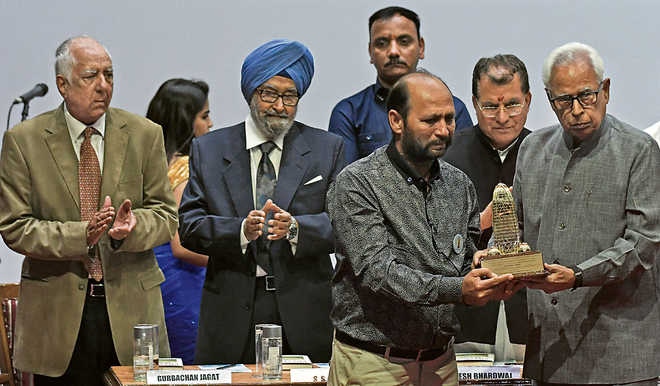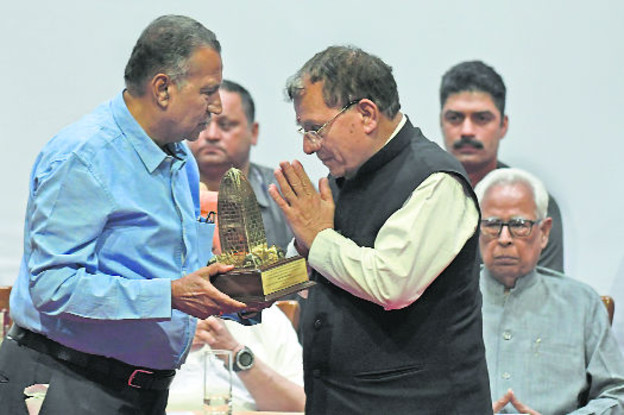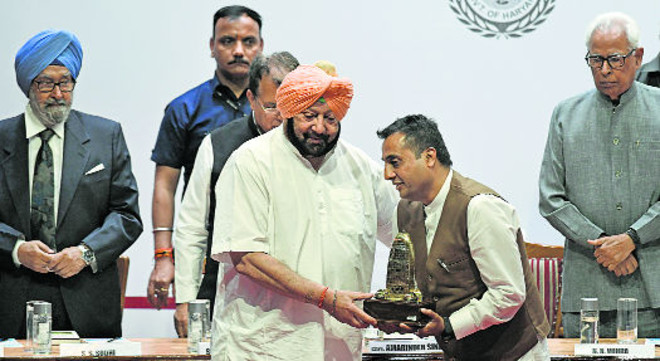With a little under a week remaining for Lok Sabha election, all political parties are searching for ways to keep the atmosphere heated. But even then, one has to admit that the question of national security and the army is milked more frequently in battle 2019, than in any recent electoral exercises.
In the last 24 hours, two cabinet ministers, the prime minister, the head of a ruling party, the head of an Opposition party and a former finance minister have all spoken on the armed forces. If mentions in speeches of politicians could reap real-life dividends then it would not be a leap to say that the nearly 15 lakh people in the armed forces could be looking for huge benefits from whoever would come to power. Yet that is hardly ever the case, so why does the army return to everyday discourse every time there is a particular electoral test?
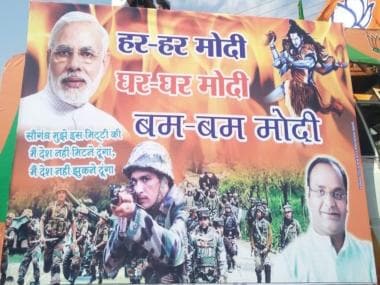
The year 2019 is particularly amenable to bringing up the security forces. The worst attack on security personnel in decades, on 14 February at Pulwama, ended up not just opening up a fresh soft spot for the army in the minds of the people but also setting the tone of the electoral campaigns in the Lok Sabha election.
The Pulwama attack also ended up in India “exacting revenge” on Pakistan through the controversial Balakot attack. This strike, the toll of which has been questioned as part of the Opposition’s offensive against the BJP, has now become the Bharatiya Janata Party’s favourite refrain in the campaign circuit. Narendra Modi himself has perfected a line from having used it in every speech, “We entered their houses and exacted revenge for our soldiers, and they question our army?”
“We do not question the army,” the Opposition is quick to correct, “but the government’s account.”
The army is apparently unassailable by parties on either end of the political spectrum, so ahead of the 2019 polls, the scurry for each party to establish itself as the custodian of the army’s best interests is a mad one. The Election Commission even had to categorically mention that the armed forces cannot be used as election propaganda.
No surprise then that it has found mention in the Congress’s manifesto, in the backlash to the manifesto and the rebuttals to the backlash to the manifesto.
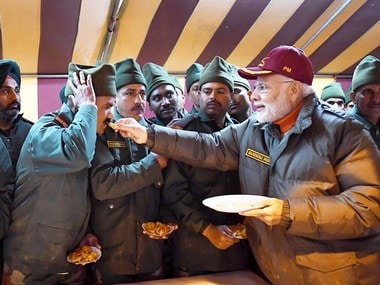
The Congress has not only proposed to reduce the presence of the Indian Army and Central Armed Police Forces (CAPFs) in the Kashmir Valley in its manifesto for the 2019 Lok Sabha elections, it has also said that the Armed Forces (Special Powers) Act will be looked into once again. While these have pleased a section of people, the BJP has been quick to slam the entire manifesto in general and the parts pertaining to the armed forces in particular.
While Finance Minister Arun Jaitley has called it “dangerous“, a true mark of how dangerous its suggestions might have been is perhaps in the fact that the Defence Minister herself was compelled to sit in a press conference to address the points of the manifesto pertaining to the army and its personnel. “Something very insidious is going on here,” Nirmala Sitharaman said on Wednesday, referring to the Congress’s decision to take another look at AFSPA. And yet, the government on Wednesday itself withdrew AFSPA from four areas of Arunachal Pradesh, while extending it to three others in the state, proving at least that in some situations a relook is indeed merited.
But it is easy to drive the discourse towards more emotive issues like hypernationalism, when facts on ground about basic lifestyle index throw a worrying picture. It would not be incorrect to state that the more the poverty grows, jobs decrease, economy suffers and education opportunities dry up, the more a nation’s pride hinges on its army.
No wonder, then, that Uttar Pradesh chief minister Yogi Adityanath referred to the Indian Army as “Modi ji ki sena” and no wonder that Trinamool Congress leader Mamata Banerjee then went on to scold Adityanath for “such blatant personalisation and usurping of our beloved Indian Army”.
In India especially, the places where the army and paramilitary are active to the point of affecting the daily lives of the people are sufficiently remote. It may fire pellets and injure people in Jammu and Kashmir, subjugate tribals in the name of capturing Maoists and physically and sexually harm people living in the border and remote areas, but so huge and self-important is the Indian hinterland that these human interest issues scarce develop into ones meriting Parliament time, let alone election planks. What makes news is the nationalism plank.
So solid is the army’s reputation that it is now beneficial for any government or political party to allege that questions on the army’s performance are equal to siding with Pakistan. In the warm afterglow that cascaded upon the BJP government in the days following the 2016 surgical strike on Pakistan after the Uri attack, leaders of the party, including those serving in the government, wasted no time in establishing that they were one with the Army.
The Congress may have not ridden an entire poll wave based on the army’s performance like the BJP is doing now, but it has been no better in trying to garner the support of the army’s ranks at a crucial time in its own story — the 2014 polls. In the interim budget before the polls, then finance minister P Chidambaram had allocated Rs 500 crore to the Defence Pension Account for implementation of the One Rank One Pension scheme for the defence forces of the country.
“It is an emotive issue, it has legal implications, and it has to be handled with great sensitivity,” Chidambaram had said in Parliament. Shortly after the session, Congress leaders Rahul Gandhi and Sonia Gandhi held a press conference, notes LiveMint, where they highlighted that this was “a historic and necessary” step. “The armed forces personnel should feel that the country is backing them,” Rahul had said.
OROP found its way into the 2019 budget announcement by acting finance minister Piyush Goyal too. This time, Goyal saw fit to mention that the UPA had only brought the scheme after having stayed in power for 10 years but it was his government that led to scheme coming to fruition.
Your guide to the latest election news, analysis, commentary, live updates and schedule for Lok Sabha Elections 2019 on firstpost.com/elections. Follow us on Twitter and Instagram or like our Facebook page for updates from all 543 constituencies for the upcoming general elections.
